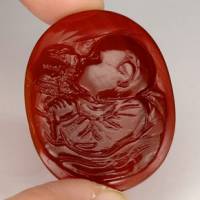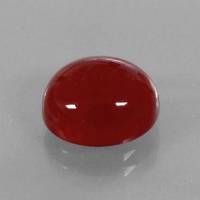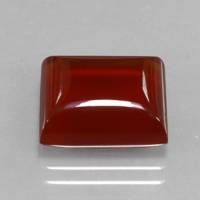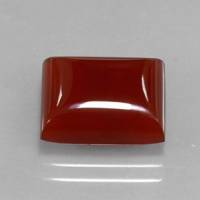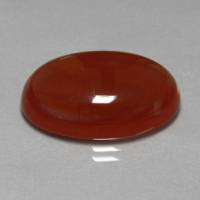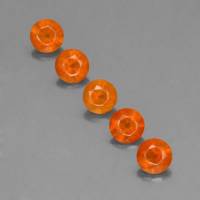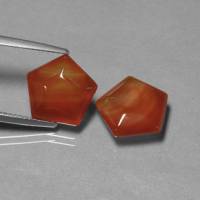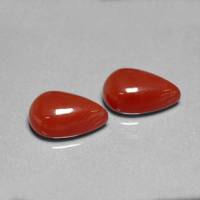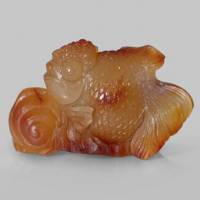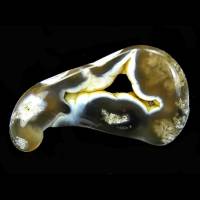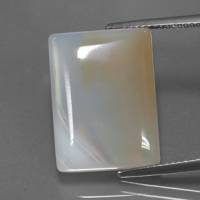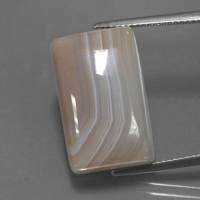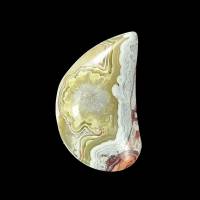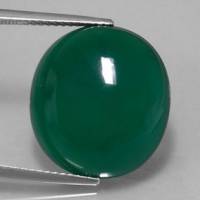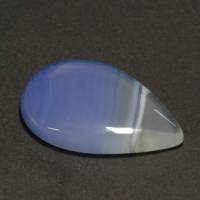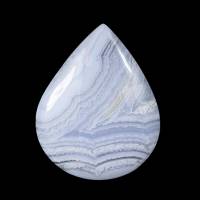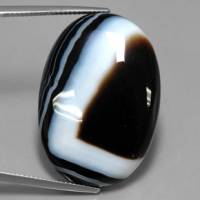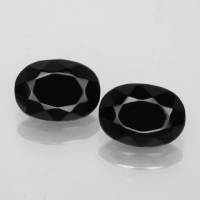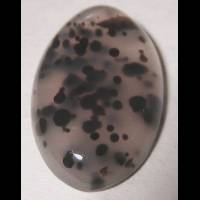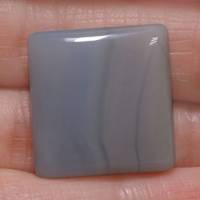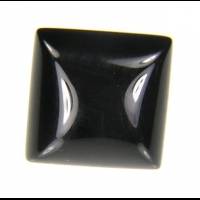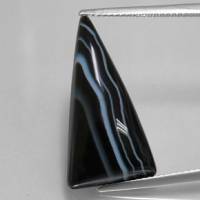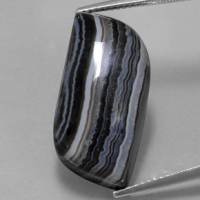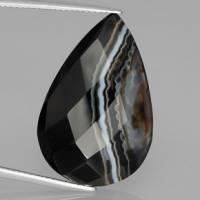Agate
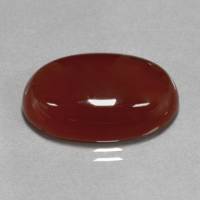
India
14.62 carats
© gemselect.com
Originally reported from Dirillo river (Achates river), Acate, Ragusa Province, Sicily, Italy.
Agate Gemstones by Colour
This table shows the variety of hues this gemstone can be found in. Click on a photo for more information.
Agate Gemstones by Size
This table shows distribution of Agate gemstone sizes that are listed on this site. This can give a good indication as to the general availability of this gemstone in different sizes.
Contributed photos
Lightest:0.90 cts
Heaviest:356.1 cts
Average:22.94 cts
Total photos:60
Do you have a larger Agate? Why not upload a photo?
| General Information | ||||||||||||||||||||||||
|---|---|---|---|---|---|---|---|---|---|---|---|---|---|---|---|---|---|---|---|---|---|---|---|---|
| A variety or type of: | Chalcedony, which is a variety of Quartz | |||||||||||||||||||||||
| Varieties/Types: | Iris Agate - An iridescent variety of Agate. Onyx - A monochromatic Agate with black and white banding. Sardonyx - A monochromatic Agate with red/brown and either black or white banding. | |||||||||||||||||||||||
| Chemical Formula |
| |||||||||||||||||||||||
| Agate Treatments | ||||||||||||||||||||||||
| Much agate is dyed to give strong and commercially acceptable colours. The material is sawn and shaped before dyeing. Immersion in a hot sugar solution followed by immersion in concentrated sulphuric acid and heating gives black; a blue colour, once called Swiss lapis, is produced by immersion in potassium ferrocyanide and subsequent warming in a solution of ferrous sulphate to give a precipitate of Berlin blue. Chromium alum or potassium dichromate may be used to give green or bluish green, and nickel compounds give a brighter, apple green. Impregnation with iron compounds and heating may give reddish brown and red colours. Yellow to greenish yellow is obtained by heating dry agate that has been treated with concentrated hydrochloric acid. | ||||||||||||||||||||||||
| Physical Properties of Agate | ||||||||||||||||||||||||
| Mohs Hardness | 6.5 to 7, Blue Chart Gem Identification (2010) | |||||||||||||||||||||||
| Specific Gravity | 2.60 to 2.64, Gemstones of the world (2001) More from other references | |||||||||||||||||||||||
| Cleavage Quality | None, Gemstones of the world (2001) | |||||||||||||||||||||||
| Fracture | Uneven, Gemstones of the world (2001) | |||||||||||||||||||||||
| Optical Properties of Agate | ||||||||||||||||||||||||
| Refractive Index | 1.530 to 1.543, Blue Chart Gem Identification (2010) | |||||||||||||||||||||||
| Optical Character | Uniaxial/+, Gemmological Tables (2004) More from other references | |||||||||||||||||||||||
| Birefringence | up to to 0.004, Gemstones of the world (2001) More from other references | |||||||||||||||||||||||
| Pleochroism | Absent, Gemstones of the world (2001) | |||||||||||||||||||||||
| Dispersion | None, Gemstones of the world (2001) | |||||||||||||||||||||||
| Colour | ||||||||||||||||||||||||
| Colour (General) | Banding of different colours. Colours are generally pale though varied; natural colours are green, yellow, red, reddish brown, white and bluish white, among others., Gems, Sixth Edition (2006) | |||||||||||||||||||||||
| Transparency | Translucent,Opaque, Gemmological Tables (2004) More from other references | |||||||||||||||||||||||
| Lustre | Waxy, Management Team (2012) | |||||||||||||||||||||||
| Fluorescence & other light emissions | ||||||||||||||||||||||||
| Fluorescence (General) | Varies with bands: partly strong; yellow, blue-white, Gemstones of the world (2001) | |||||||||||||||||||||||
| Crystallography of Agate | ||||||||||||||||||||||||
| Crystal System | Trigonal, Management Team (2012) | |||||||||||||||||||||||
| Habit | Microcrystalline aggregates, Gemstones of the world (2001) More from other references | |||||||||||||||||||||||
| Geological Environment | ||||||||||||||||||||||||
| Where found: | It occurs in filling cavities, and individual bands are concentric to the external surface of the mass or nodule. Agate geodes are found in basic lavas and other igneous flow rocks and have probably been formed by silica deposition in cavities created by gases., Gems, Sixth Edition (2006) | |||||||||||||||||||||||
| Further Information | ||||||||||||||||||||||||
| Mineral information: | Agate information at mindat.org | |||||||||||||||||||||||
| Significant Gem Localities | ||||||||||||||||||||||||
| ||||||||||||||||||||||||

